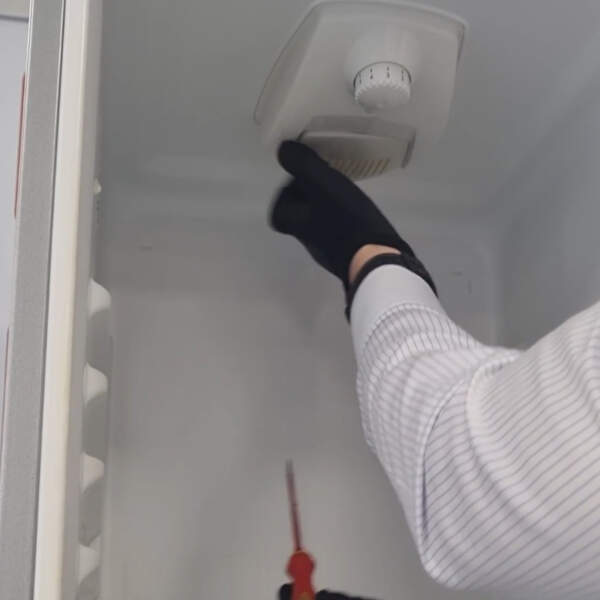
Changing A Fridge Bulb
Hi my name is Lee Robinson and I am the National Training Manager at NAC Repair. In this article, I’m going to talk through how to change the bulb inside your fridge.
Posted On : 2nd Sep, 2022
Looking for advice on How to Remove your Oven Door? You’ve come to the right place! Our Appliance Repair experts have put together a step-by-step guide, as well as a video guide, for you to follow so you can take off and refit your oven door with ease.
Generally, the process listed below is pretty universal, regardless of the brand of appliance you have, the instructions should get the job done for almost all household ovens.
While removing your oven door is a pretty straightforward task, there are still some dangers to consider. Before you get started, we highly recommend reading our safety tips below:
Taking your oven door off might sound like a daunting task, but it’s far more common than you might think! There are a whole range of reasons why homeowners remove their oven doors, including:
Cleaning the glass panels on your oven can be a challenging task, especially getting in between the panels! Removing your oven door allows you to get into the nooks and crannies you may not have been able to reach previously.
Faulty hinges, worn seals or broken glass panels are common oven faults, and none of them can be repaired or replaced without removing the oven door.
When moving house or rearranging furniture, it can be useful to remove the oven door. Not only will it be lighter and easier to lift, but it also helps to prevent any potential damage to the glass panels too.
It’s not uncommon for an oven door or its hinges to become misaligned, which can lead to problems with the door not shutting properly, which will then lead to reduced performance. Removing the oven door is often the only way to remedy these issues and get your oven door to close properly again.
Removing an oven door is generally a task that the average person or a DIY enthusiast can perform as it doesn’t require any specialised tools or advanced technical knowledge. But, with that being said, it’s always important to follow safety precautions and be cautious while handling the oven door, as they can be heavy and delicate.
Generally, yes. Most modern ovens in our households today are made with removable doors to aid in cleaning, moving and repairs. However, it’s important to note that this may well vary across different makes and models; not all oven doors are removable. If you’re not sure, it’s always best to consult your oven manual first before you attempt removing it or contact a local appliance repair technician to avoid damaging your appliance.
We aim to send an engineer on the same day of reporting the fault or the next day where possible.
We believe in our skills and follow that up with a standard guarantee of our work to give you peace of mind.
We understand the importance of budgeting and make sure you are fully aware of all costs in advance.
Husband and Wife team Adrian & Amanda set the standards at NAC with over 40 years experience.